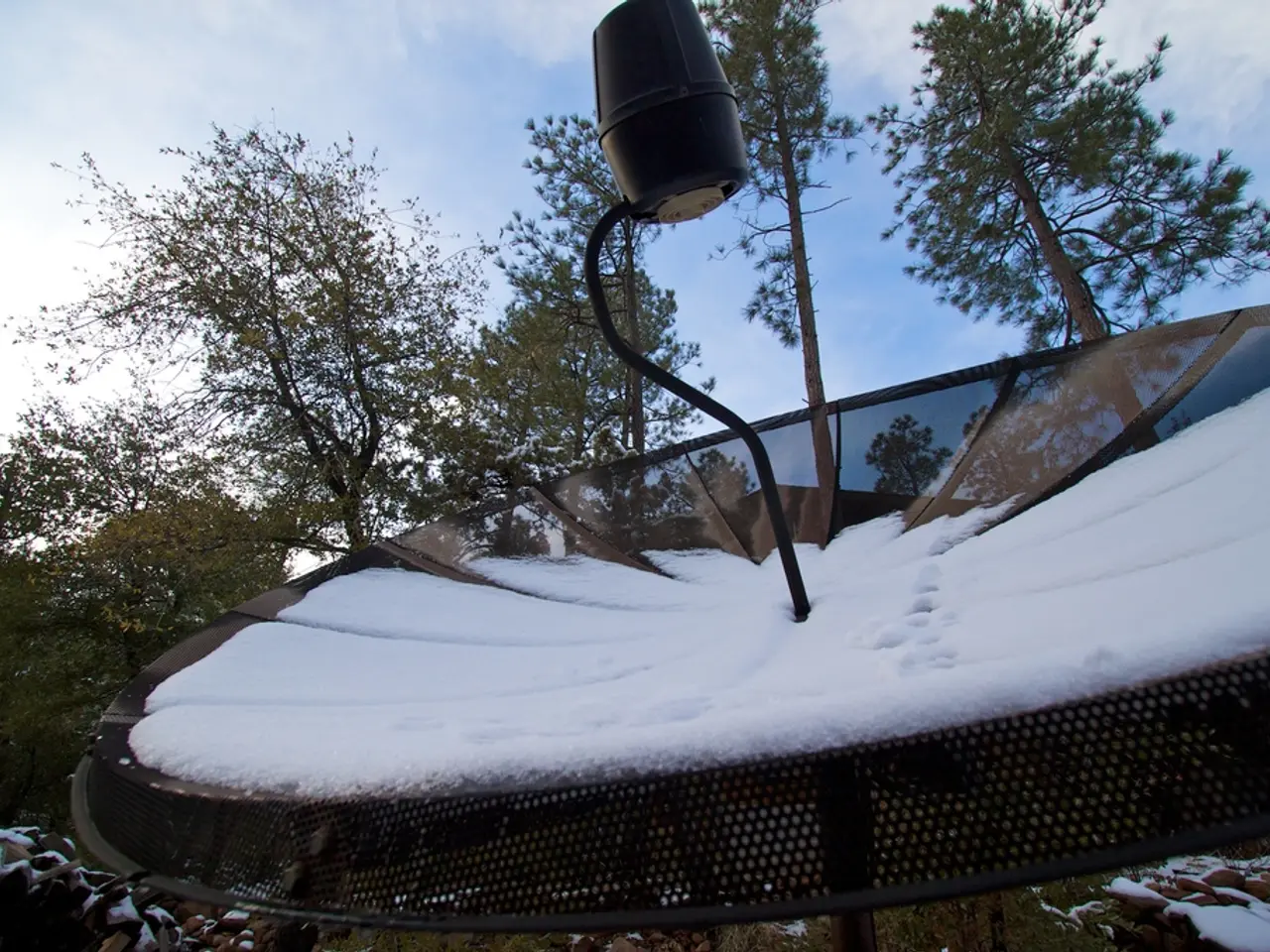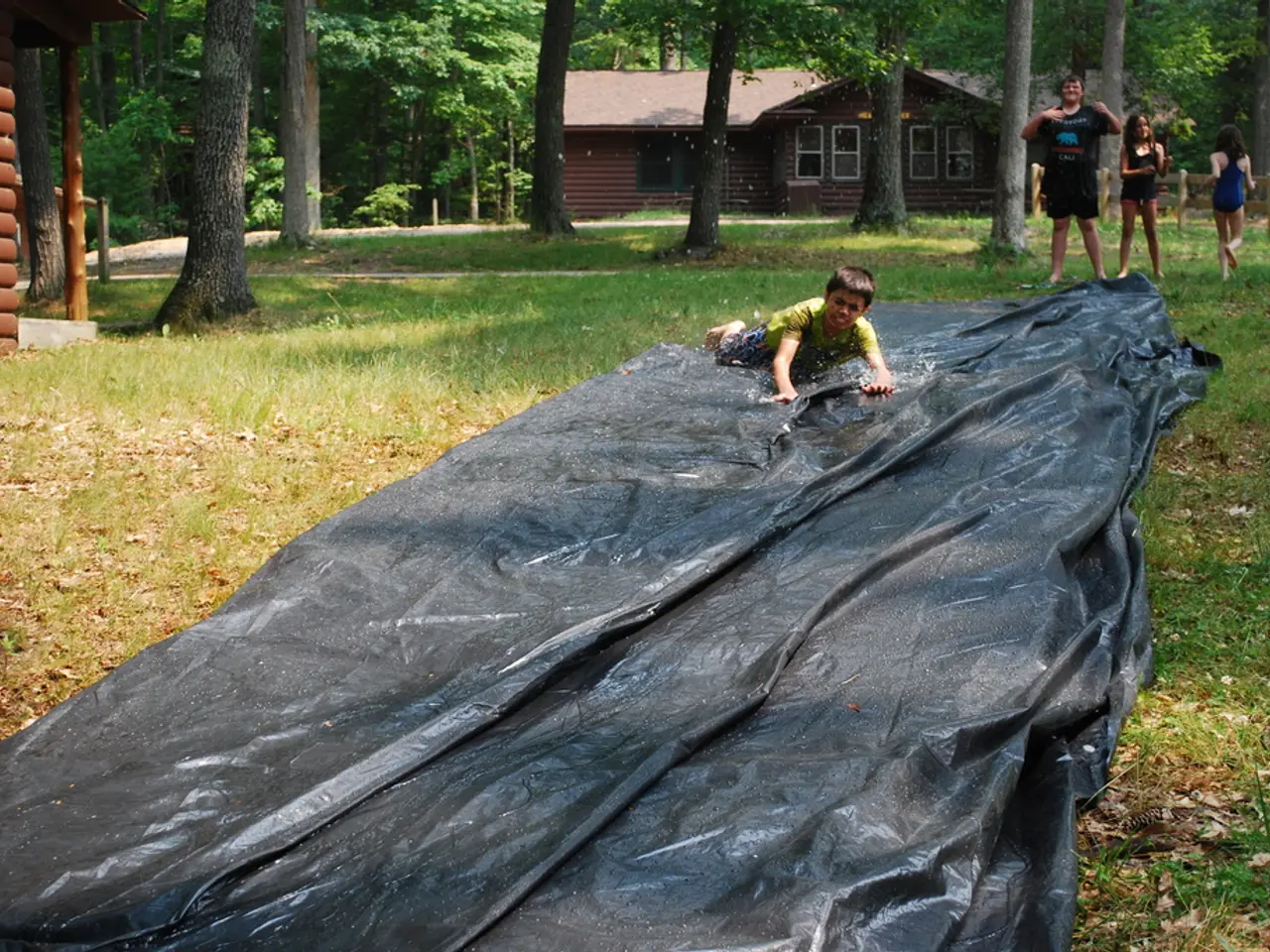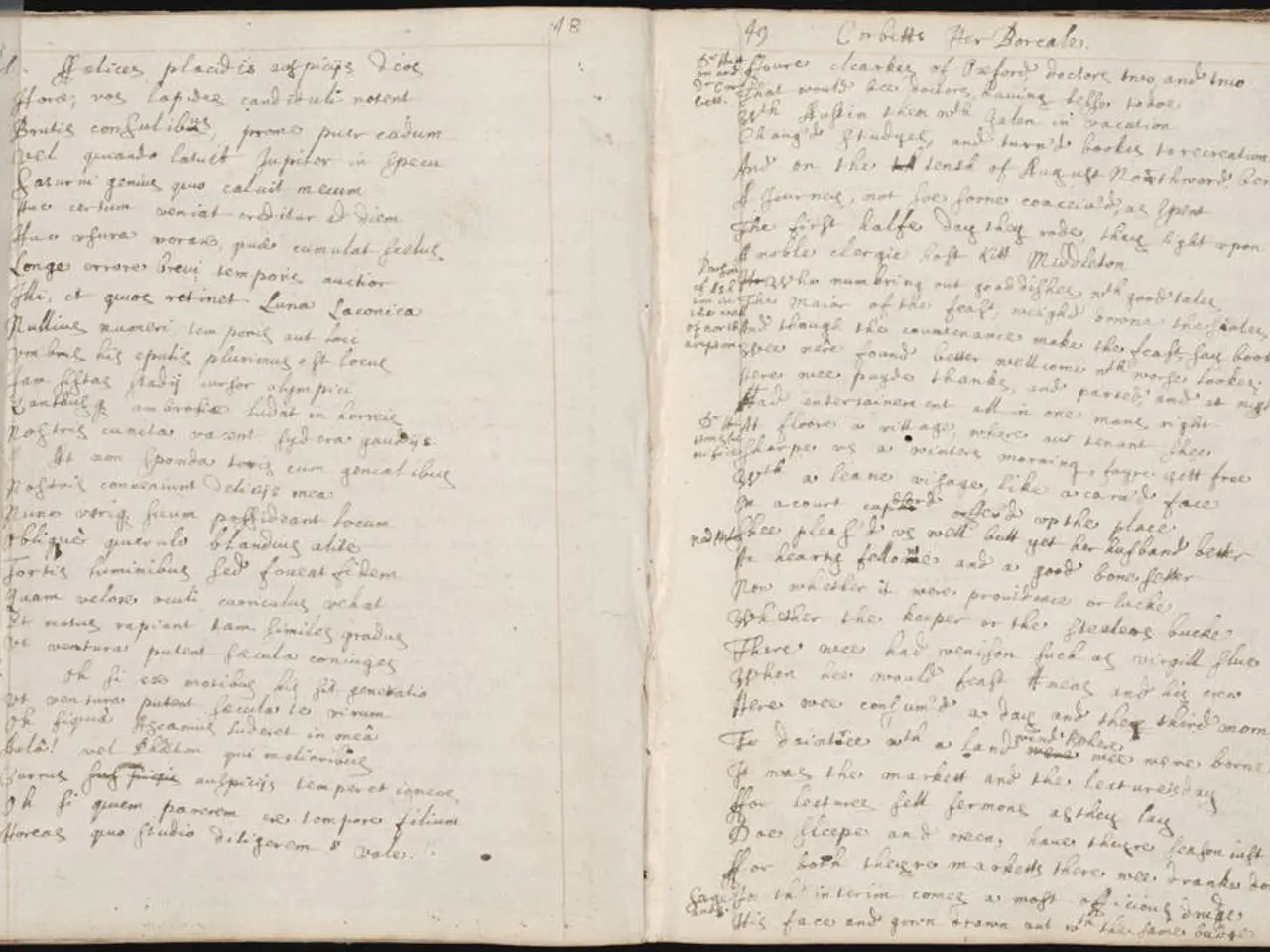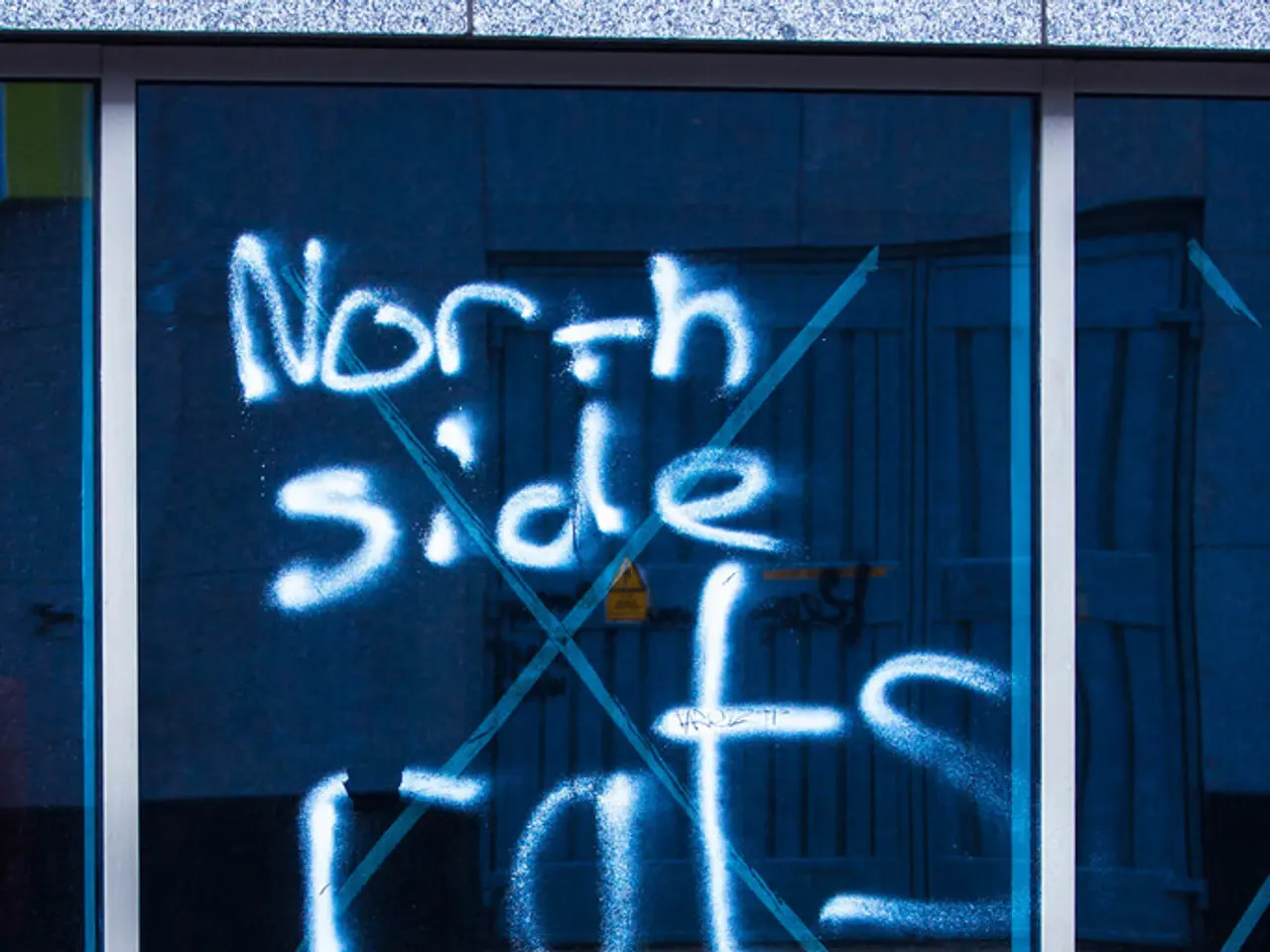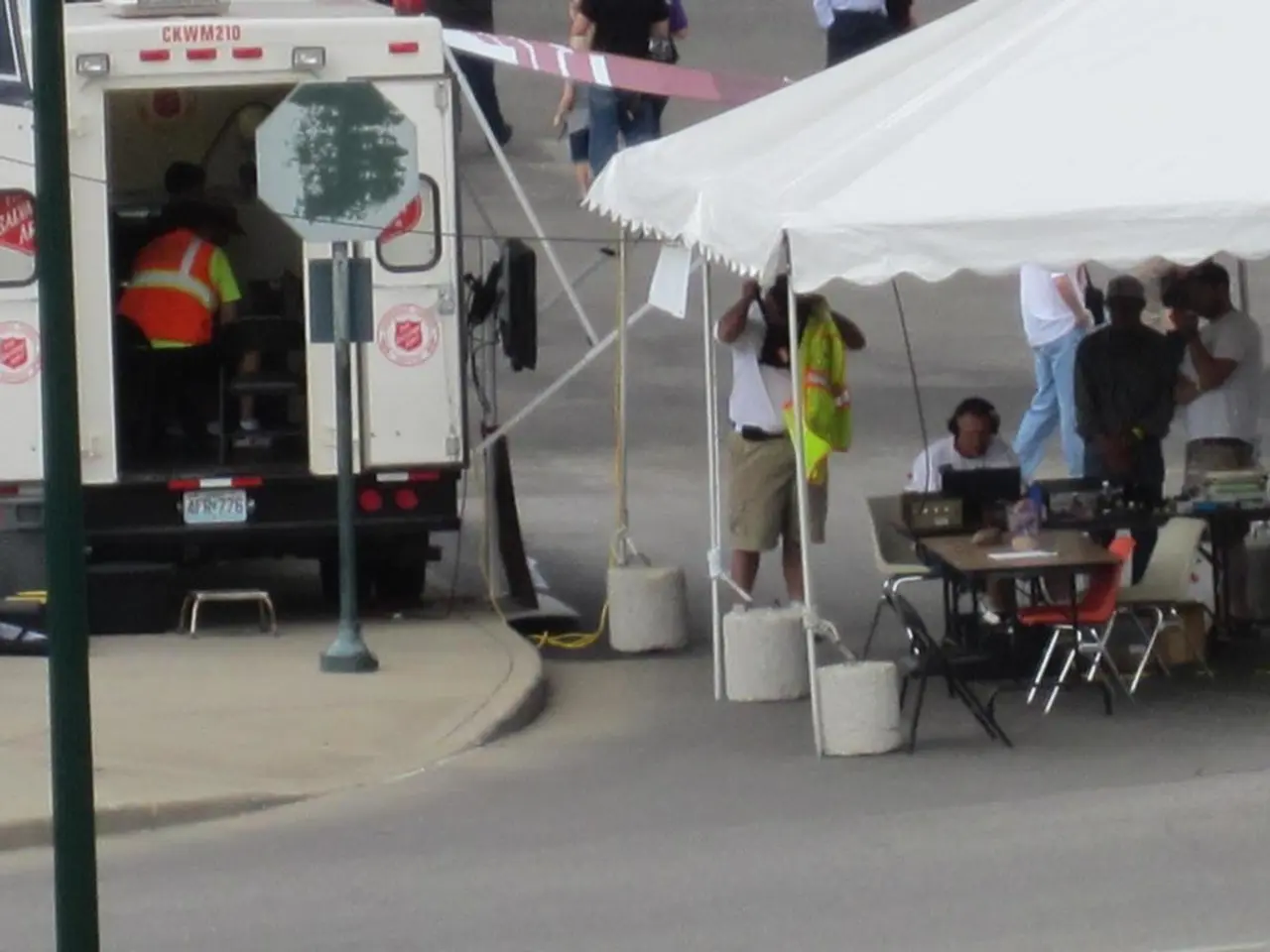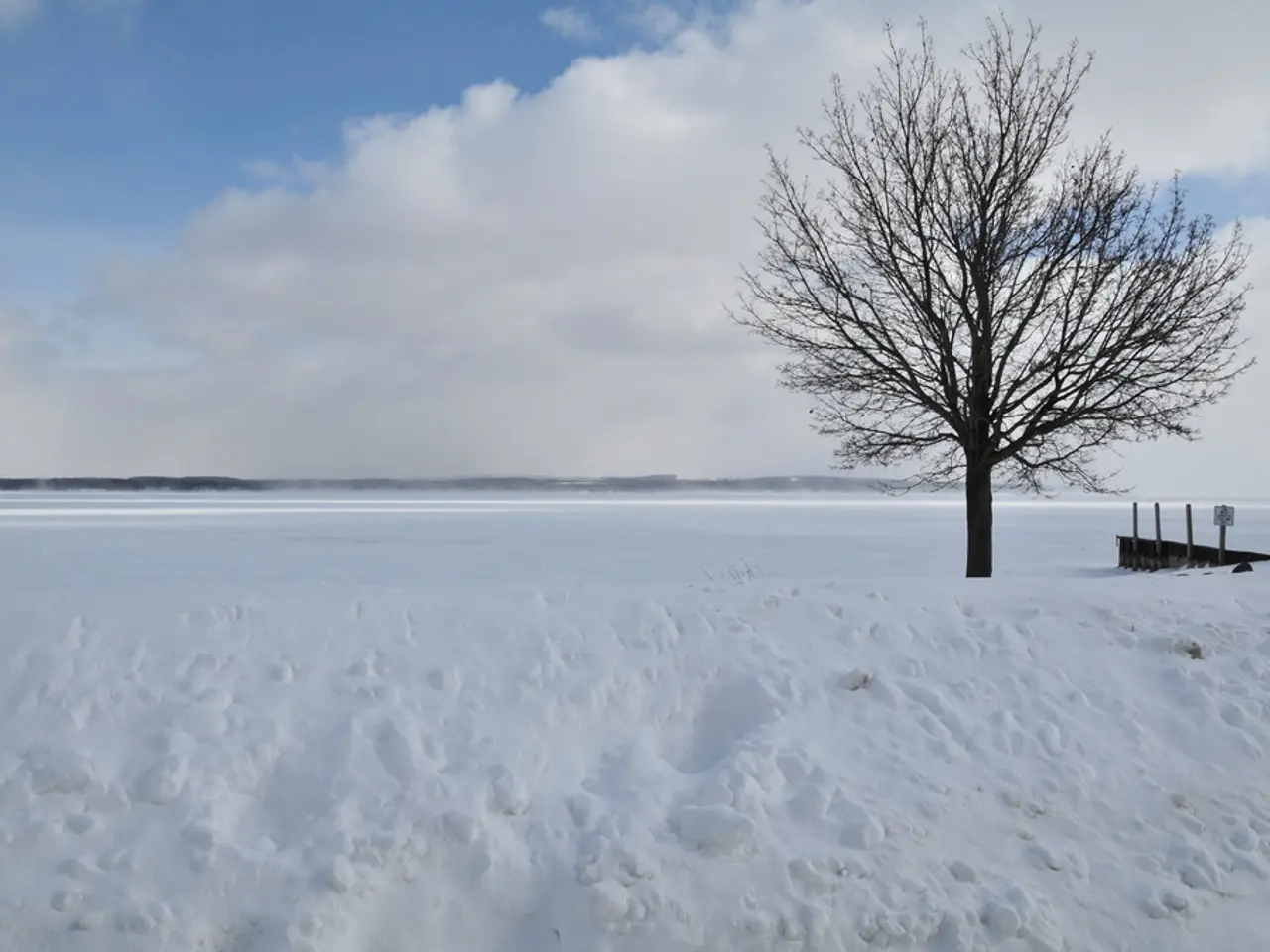Public report by Cantwell underscores importance of public broadcasting in addressing weather crises
Last month, President Trump's rescission request was approved by the House, aiming to claw back $1.1 billion in congressionally-approved funding for public broadcasting over the next two fiscal years [1]. If passed by the Senate, this move could leave nearly 13 million Americans without access to their local public media stations, potentially compromising their safety during emergencies [2].
Sen. Maria Cantwell (D-Wash.) has issued a report emphasizing the critical role U.S. public broadcasters play in responding to weather emergencies. The Snapshot Report describes the double threat to these stations' ability to disseminate emergency alerts and information to residents during public safety emergencies [3].
Public broadcasters, including PBS, NPR, and around 1,500 local stations, are heavily reliant on federal funding from the Corporation for Public Broadcasting (CPB) [4]. If funding is pulled, widespread closures and significant cutbacks in services are expected, disproportionately impacting rural areas and during weather emergencies [4].
During disasters, public broadcasters often serve as the sole or one of few sources of information in rural areas, making them vital for emergency communication [5]. The loss of federal funding threatens the continuation of national and local emergency alerts, putting people at risk, especially in rural areas where alternative information sources may be limited [1][5].
The maps accompanying the report illustrate the risk of federal funding cuts to public broadcasters and the communities they serve [6]. These stations cover large swaths of the Western, Midwestern, and Southeastern United States, areas at risk of wildfires, tornadoes, hurricanes, and other public safety emergencies [7].
If implemented, the cuts would force local public broadcasters to find alternative funding sources, such as foundations or wealthy donors, which may change the nature and independence of public media [2]. Moreover, it would cost local public broadcasters more than double CPB's current contribution to replace these critical services through alternative public or private means [8].
The rescission request, submitted by President Trump on June 3, seeks to claw back nearly $1.1 billion in CPB funding for fiscal 2026 and 2027 [9]. The rescission request is now before the Senate.
In summary, funding cuts are expected to reduce access to trusted local news and educational content and compromise emergency communication infrastructure, particularly harming rural populations reliant on public broadcasting for both information and safety notifications [1][4][5].
- The rescission request submitted by President Trump on June 3 aims to withhold $1.1 billion in funding for public broadcasters over the next two fiscal years.
- If passed by the Senate, this move could leave nearly 13 million Americans without access to their local public media stations.
- Sen. Maria Cantwell's report emphasizes the critical role U.S. public broadcasters play in responding to weather emergencies.
- Public broadcasters, such as PBS, NPR, and around 1,500 local stations, are heavily reliant on federal funding from the Corporation for Public Broadcasting (CPB).
- During disasters, public broadcasters often serve as the sole or one of few sources of information in rural areas, making them vital for emergency communication.
- The loss of federal funding threatens the continuation of national and local emergency alerts, particularly in rural areas where alternative information sources may be limited.
- The maps accompanying the report illustrate the risk of federal funding cuts to public broadcasters and the communities they serve, covering large swaths of the Western, Midwestern, and Southeastern United States.
- If implemented, the cuts would force local public broadcasters to find alternative funding sources, which may change the nature and independence of public media, and cost local public broadcasters more than double CPB's current contribution to replace these critical services through alternative public or private means.
